Year 4
The English curriculum is built around the three interrelated strands of language, literature and literacy. Teaching and learning programs should balance and integrate all three strands. Together, the strands focus on developing students' knowledge, understanding and skills in listening, reading, viewing, speaking, writing and creating. Learning in English builds on concepts, skills and processes developed in earlier years, and teachers will revisit and strengthen these as needed.
In Years 3 and 4, students experience learning in familiar contexts and a range of contexts that relate to study in other areas of the curriculum. They interact with peers and teachers from other classes and schools in a range of face-to-face and online/virtual environments.
Students engage with a variety of texts for enjoyment. They listen to, read, view and interpret spoken, written and multimodal texts in which the primary purpose is aesthetic, as well as texts designed to inform and persuade. These encompass traditional oral texts including Aboriginal stories, picture books, various types of print and digital texts, simple chapter books, rhyming verse, poetry, non-fiction, film, multimodal texts, dramatic performances and texts used by students as models for constructing their own work.
The range of literary texts for Foundation to Year 10 comprises Australian literature, including the oral narrative traditions of Aboriginal and Torres Strait Islander Peoples, as well as the contemporary literature of these two cultural groups, and classic and contemporary world literature, including texts from and about Asia.
Literary texts that support and extend students in Years 3 and 4 as independent readers describe complex sequences of events that extend over several pages and involve unusual happenings within a framework of familiar experiences. Informative texts include content of increasing complexity and technicality about topics of interest and topics being studied in other areas of the curriculum. These texts use complex language features, including varied sentence structures, some unfamiliar vocabulary, a significant number of high-frequency sight words and words that need to be decoded phonically, and a variety of punctuation conventions, as well as illustrations and diagrams that support and extend the printed text.
Students create a range of imaginative, informative and persuasive types of texts including narratives, procedures, performances, reports, reviews, poetry and expositions.
(source: www.australiancurriculum.edu.au)
Achievement Standard
Receptive modes (listening, reading and viewing)
By the end of Year 4, students understand that texts have different text structures depending on purpose and context. They explain how language features, images and vocabulary are used to engage the interest of audiences. They describe literal and implied meaning connecting ideas in different textsÂ
They fluently read texts that include varied sentence structures, unfamiliar vocabulary including multisyllabic words. They express preferences for particular types of texts, and respond to others' viewpoints. They listen for and share key points in discussions.
Productive modes (speaking, writing and creating)
Students use language features to create coherence and add detail to their texts. They understand how to express an opinion based on information in a text. They create texts that show understanding of how images and detail can be used to extend key ideas.
Students create structured texts to explain ideas for different audiences. They make presentations and contribute actively to class and group discussions, varying language according to context. They demonstrate understanding of grammar, select vocabulary from a range of resources and use accurate spelling and punctuation, re-reading and editing their work to improve meaning.
(source: www.australiancurriculum.edu.au)
- Plus Plan

How to Make a Milkshake – Procedural Writing Worksheet
Explore how to make a milkshake while your students fine-tune their procedural writing skills.
- Plus Plan

Letter Writing - Template
An example and template on how to write a formal letter.
- Plus Plan

Advertisement Worksheet – Milton Mentor
A comprehension worksheet for a persuasive magazine advertisement about a digital personal assistant.
- Free Plan
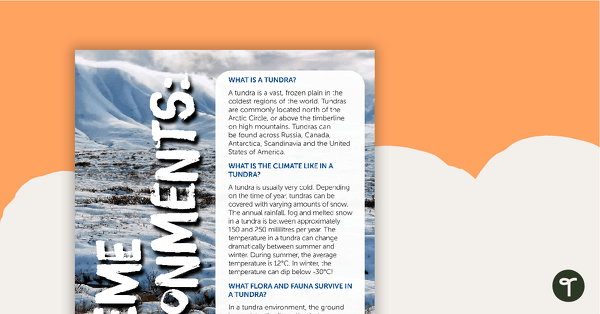
Extreme Environments: Lands of Ice and Sand – Worksheet
A comprehension worksheet for an information report from the Year 4 magazine (Issue 3).
- Plus Plan
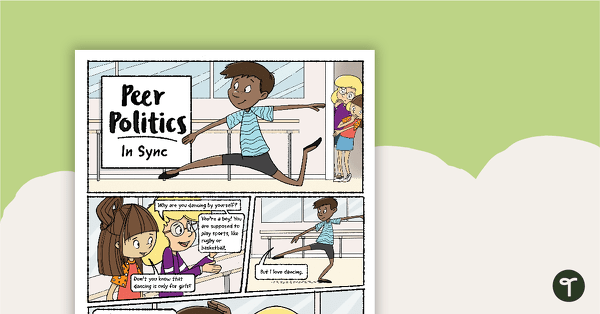
Comic – Peer Politics: In Sync – Comprehension Worksheet
A comprehension worksheet for a comic about encouraging people and their passions regardless of their gender.
- Plus Plan

Fluency Reading Passage - Turtles (Year 4)
A non-fiction text to use when assessing students' fluency.
- Plus Plan

Animal Poetry Task Cards
Get your students writing simple animal poetry with this set of 12 poetry prompt task cards.
- Plus Plan
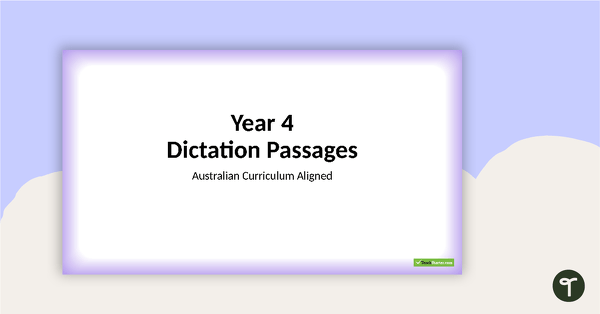
Year 4 Dictation Passages PowerPoint
Use this set of Year 4 dictation passages to promote listening and transcription skills in your students.
- Free Plan

Personal Recount Planning Template
A template for students to use when planning a personal recount.
- Plus Plan

NAPLAN-Style Assessment Rubric - Procedural Writing
A NAPLAN-style rubric designed to help teachers to assess students' procedural writing.
- Plus Plan

Homophones Crossword Puzzle
Challenge your students to complete this vocabulary crossword puzzle by completing the sentences with the correct homophone.
- Plus Plan

Verb Groups Worksheet
Explore verb groups and the words that surround verbs in sentences with this set of verb group worksheets.
- Plus Plan

Readers' Theatre Script - Hare and Tortoise
A script which can be used during readers' theatre or Drama sessions, aimed at students 6 years and over.
- Plus Plan

Readers' Theatre Script - Hansel and Gretel
A script which can be used during readers' theatre or Drama sessions, aimed at students 6 years and over.
- Plus Plan

Fact or Opinion - Cupcake Worksheet
A worksheet to use when teaching students how to distinguish between fact or opinion.
- Plus Plan

Public Speaking Poster
A poster giving tips on how to deliver an effective speech.
- Plus Plan

Comprehension Task Cards - Compare And Contrast
A set of comprehension task cards to help students compare and contrast when reading.
- Plus Plan

Reading Detectives Bookmarks
8 colourful reading detective bookmarks to use during guided reading sessions in the classroom.
- Plus Plan

Reading Comprehension Strategies PowerPoint - Predicting
A 14 slide editable PowerPoint template explaining the reading comprehension strategy of predicting.
- Plus Plan

Developing Characters Poster Pack - Show, Don't Tell Feelings
A set of 16 posters about developing and describing characters when writing stories.
- Plus Plan
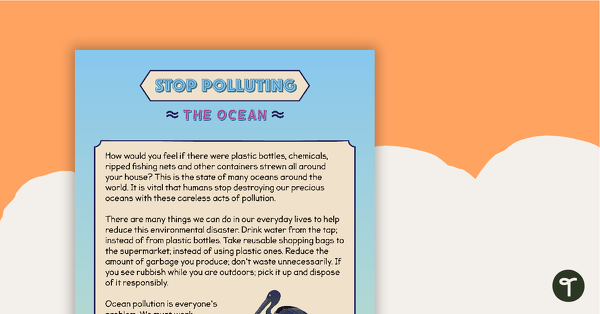
Comprehension - Stop Polluting The Ocean
A comprehension activity using a persuasive text.
- Plus Plan

Comprehension Strategies - Interactive PowerPoint
An engaging 48 slide interactive PowerPoint to use in the classroom when developing comprehension strategies.
- Plus Plan

Homophones Bingo
Make learning about homophones and their definitions an engaging whole-class activity with this homophones bingo game.
- Plus Plan

Making Connections with Text Poster
A poster showing the concepts of text to self, text to text and text to world.
- Plus Plan

Information Report Writing Template
Use this information report template to help your students correctly structure their informative writing.
- Plus Plan

Cause and Effect - Comprehension Task
A task to use when teaching your students reading comprehension strategies.
- Plus Plan
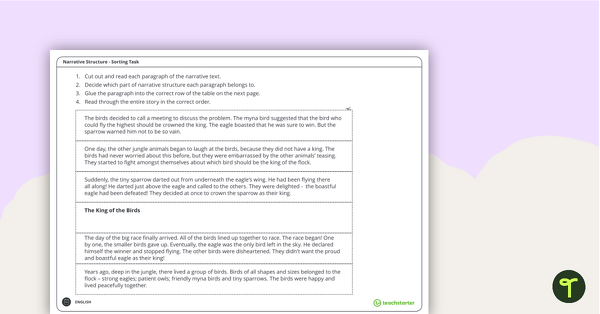
Narrative Structure Sorting Task
A sorting task to help students learn about narrative structure.
- Plus Plan
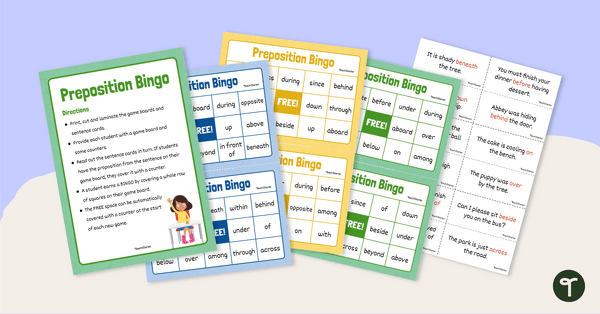
Preposition Bingo
Thirty-two preposition bingo cards with sentences.
- Plus Plan

What’s the Heading? Task Cards
Explore the heading text feature with this set of task cards perfect for literacy groups.
- Free Plan
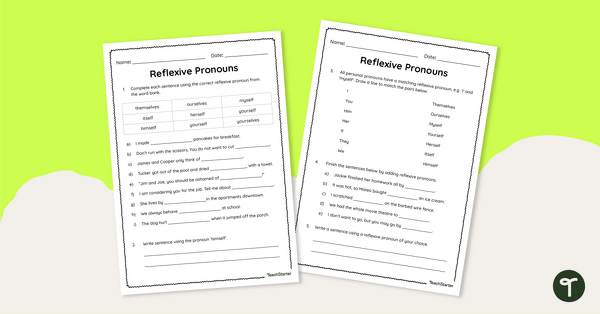
Reflexive Pronoun Worksheet
Use this reflexive pronouns worksheet to teach your students about reflexive pronouns and how they are used in sentences.
- Plus Plan

Using Quotation Marks Flipbook
Explore punctuation rules surrounding quotation marks with a printable Quotation Marks Flipbook template.
- Plus Plan

Grammar Practice Worksheets - Vocabulary Cut and Sort
Review parts of speech and vocabulary skills with a pack of cut-and-paste grammar practice worksheets.